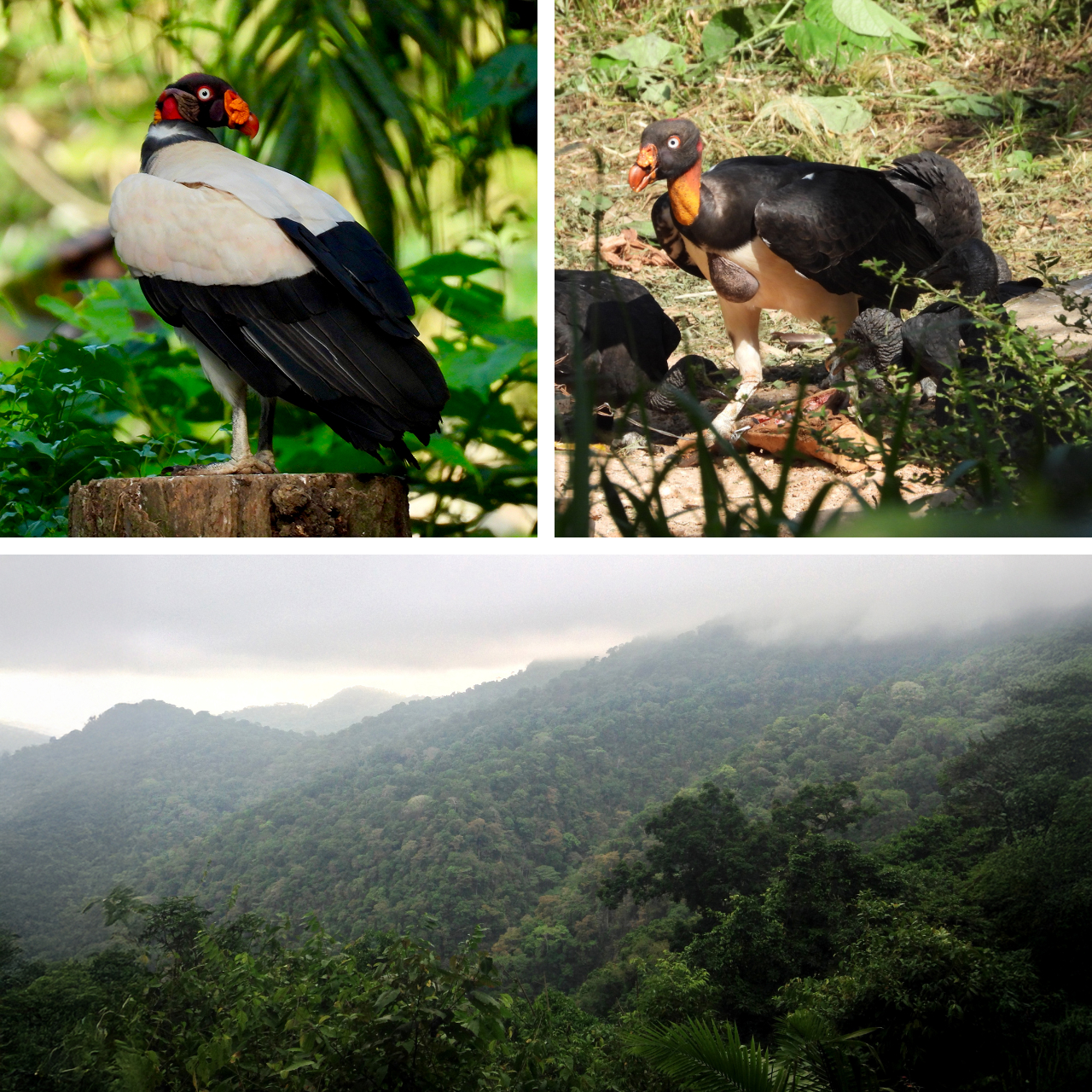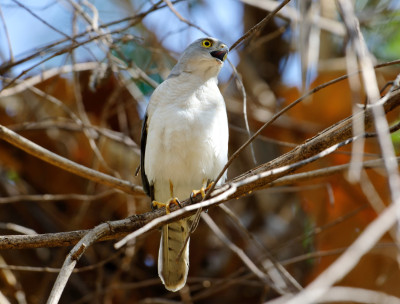
Russell Thorstrom
Reevaluating the Conservation Status of the King Vulture
The King Vulture, with its striking appearance and ecological importance, is declining across its range. Although the IUCN currently lists the species as Least Concern, some countries already recognize it as Endangered. Found from Mexico to Argentina, King Vultures depend on large, intact tropical forests, a habitat type that is rapidly disappearing. While several country-level studies have examined their distribution, until now there has never been a range-wide analysis of where King Vultures are found today and where they could persist in the future.
A new study led by Alan Monroy-Ojeda, a scholar supported by our Neotropical Student Education Program, fills this gap. Using Species Distribution Models, the research team identified the environmental conditions most important for predicting King Vulture presence: dense forest canopy, consistent cloud cover, and humid, tropical environments. These characteristics are typical of lowland and foothill rainforests. The models highlight southeast Mexico, Central America, Panama, and Colombia as the most suitable strongholds for the species. These regions hold the best potential for supporting high-density populations, making them critical areas for conservation.
The study also brings sobering news. The King Vulture’s current and potential range has shrunk considerably compared to earlier models—including the one used to classify the species as Least Concern. Based on this evidence, the researchers recommend uplisting the King Vulture to Near Threatened. Protected areas, especially those within Indigenous territories, were found to safeguard vital portions of suitable habitat. Yet, 72% of the species’ range remains unprotected, underscoring the need for expanded conservation measures.
This first-ever range-wide analysis provides a clearer picture of where King Vultures can survive. Strengthening protections in key habitats will be essential to secure the future of this extraordinary scavenger.







